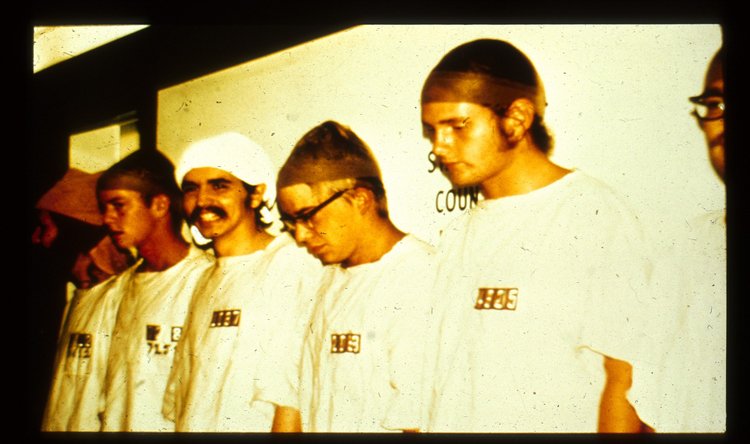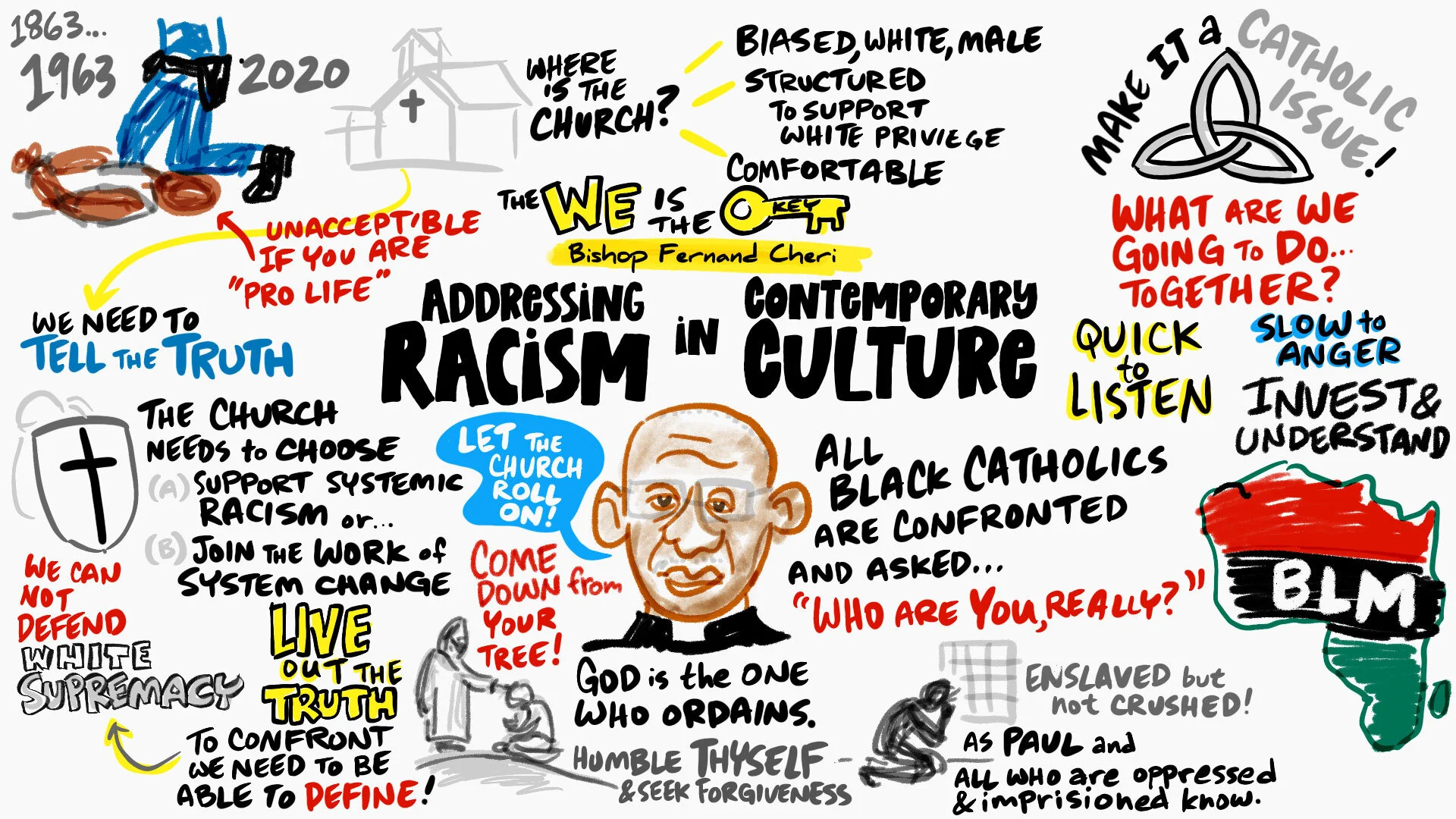Hybrid Thinking at P&G: Design meets Strategy
/From the Fast Company article Forget Design Thinking and Try Hybrid Thinking.

When A.G. Lafley was named CEO of Procter & Gamble during the summer of 2000, her job was remarkably ambitious: Make innovation happen at P&G.
To remain the world's preeminent maker of useful stuff for the house, P&G needed to make a lot of changes very quickly and appointed Claudia Kotchka as the company's first-ever VP for design strategy and innovation in 2002.
Her job was remarkably ambitious: Make innovation happen at P&G!
And she did through up-endeding the status quo in P&G's product development process. She made several bold moves that any company may want to consider.
- Placed designers within the company's many business units so they could shape strategy directly instead of just designing how products looked.
- Educated business people in the company about the strategic impact of design.
- Formed a board of leading external design experts who offered guidance for how to make P&G into a world-class design organization.
Over time, her efforts have P&G to once again become one of the most innovative companies on earth.
Between 2000 and 2008, revenue more than doubled from $40 billion to $83 billion, while earnings took a gigantic leap from $2.5 billion to more than $12 billion.
This growth is the kind of performance one expects from an IT company or a firm operating in an emerging market. Not a 200-year-old soap company based in Cincinnati, Ohio. READ FULL ARTICLE>>








